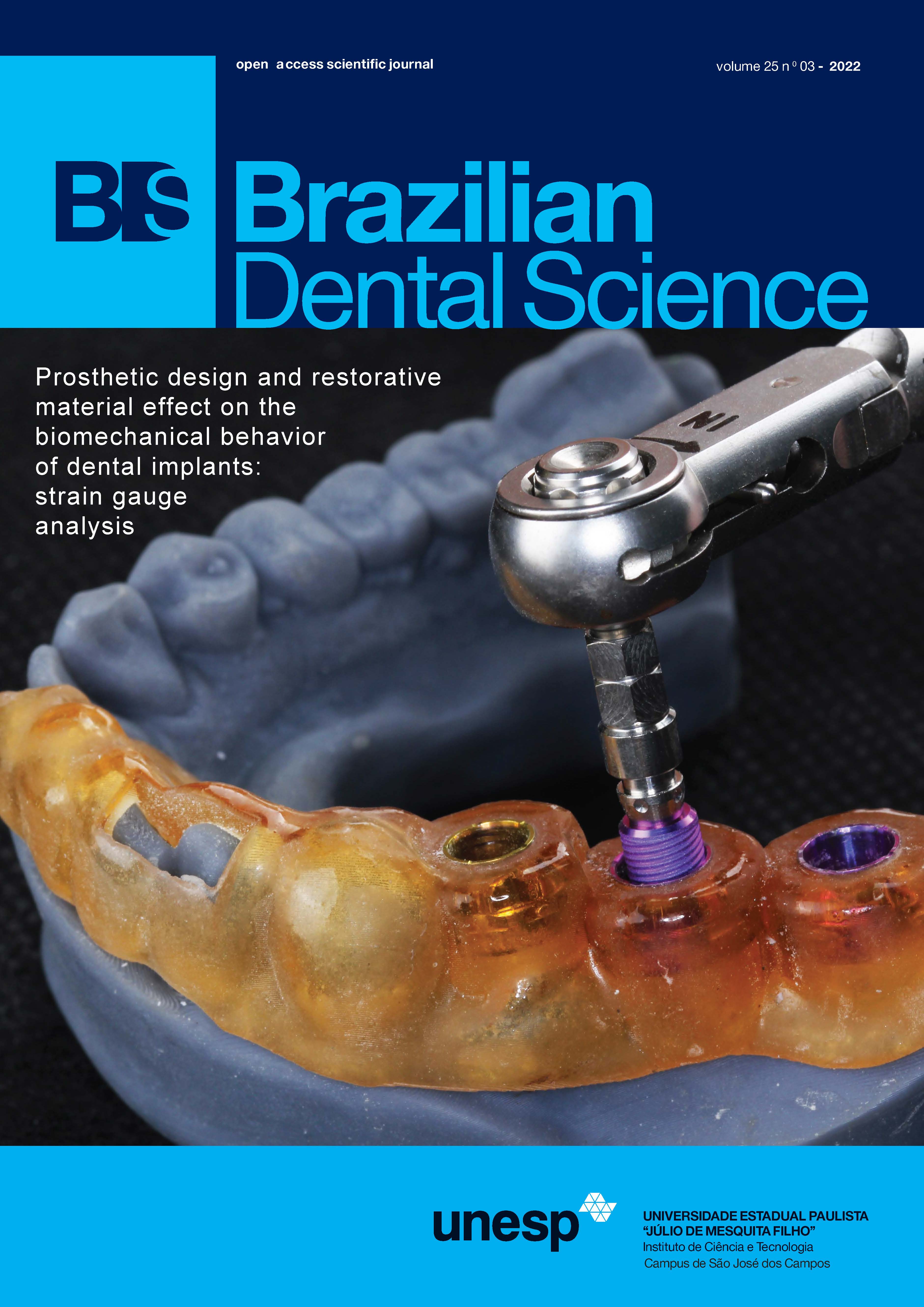Online search interest in the use of antibiotics for dental pain: an infodemiology study
DOI:
https://doi.org/10.4322/bds.2022.e2894Abstract
Objective: The objective of this study was to evaluate the online search interest pertaining to queries regarding
antibiotics for dental pain. Material and Methods: Google Trends™ was used to identify the online search
interest. Previously, a literature search was performed on the most frequently used antibiotics in dentistry
in Brazil. Accordingly, the search terms used were Amoxicillin (AM), Clindamycin (CD), Azithromycin (AZ)
and Metronidazole (MD), with the phrase “for toothache” in Portuguese and English. A time-series covered
the last 240 weeks (from 2015 to 2020), and the results of each term were compared to their respective
annual value. Geographic regions were also evaluated. To obtain a relative search volume (RSV), the resulting
Google Trends™ numbers were then scaled to a range from 0 to 100 based on the ratio of searches on a
topic to searches across all topics. Results: We observed an upward trend in all antibiotics search terms
over the 5 years analyzed, with a peak of greater interest in 2019. The antibiotic of most interest related to
toothache was ‘AM’, followed by ‘AZ’, ‘MD’, and ‘CD’. The annual RSV of toothache searches rose steadily
from 2015 to 2020. Variations were observed between Brazilian geographic regions, and the Northeast
region presented with the greatest interest in the topic. Conclusion: Although there were variations in
annual and regional trends, an expressive and persistent increase in collective interest regarding the use of
antibiotics related to toothache, mainly amoxicillin, was observed. Our findings provide insights for public
health promotion programs.
KEYWORDS
Antibiotics; Internet; Community pharmacies; Oral health; Public health.
Downloads
Downloads
Published
Versions
- 2022-08-02 (2)
- 2022-08-02 (1)
How to Cite
Issue
Section
License
Brazilian Dental Science uses the Creative Commons (CC-BY 4.0) license, thus preserving the integrity of articles in an open access environment. The journal allows the author to retain publishing rights without restrictions.
=================




























